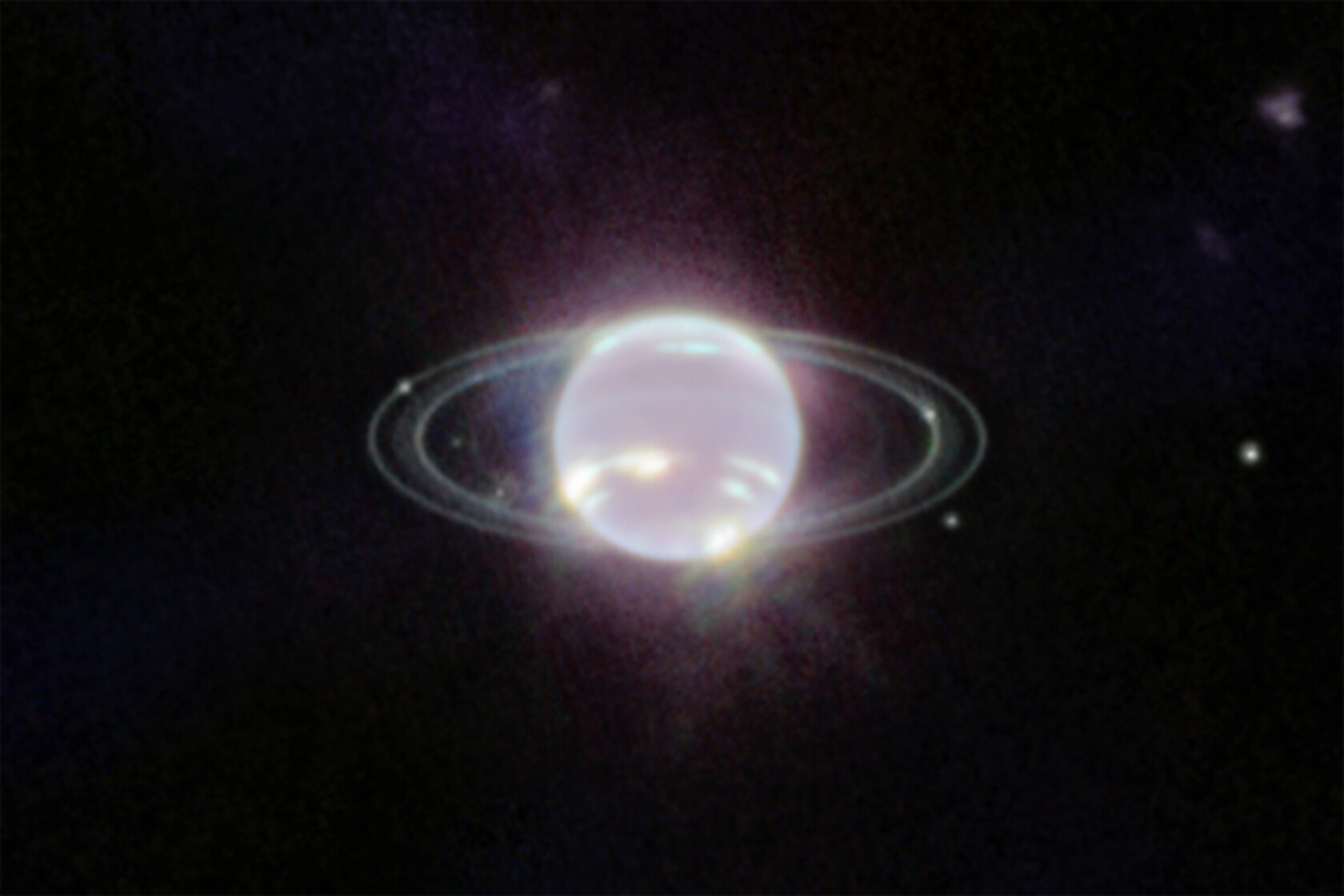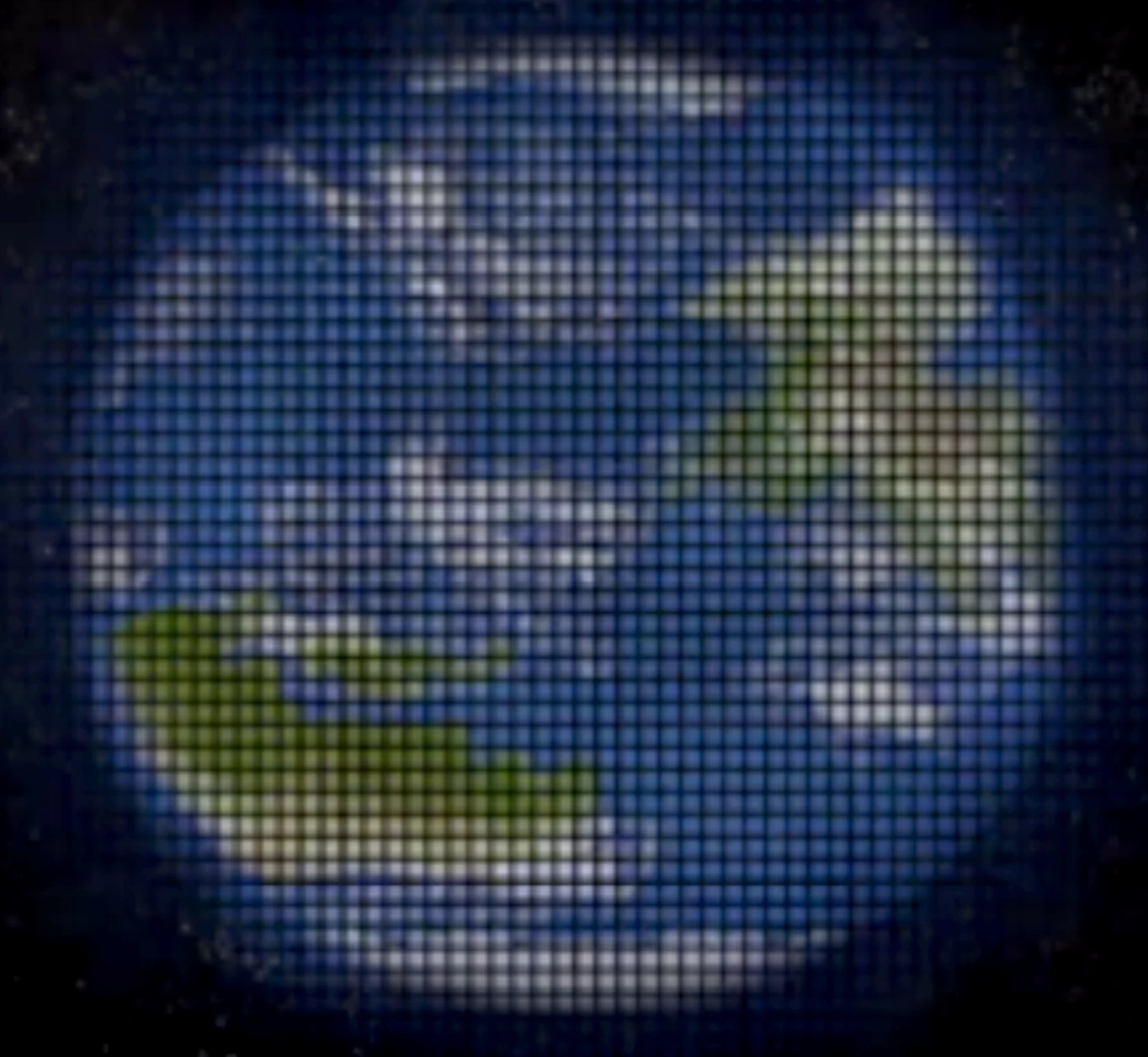Pluto Up Close
NASA scientists have taken extraordinary photographs of former planet Pluto thanks to the technology of the Hubble Space Telescope, which has captured the spectacular gold-colored sphere. “Pluto, now classed as a dwarf planet, is so small and so distant that its surface has been a mystery to astronomers. Nasa compared the challenge to trying to see the markings on a football 40 miles away. But the Hubble Telescope has been able to reveal a treacle-coloured, mottled world with a peculiar bright frosty spot. It also revealed seasonal changes just like on Earth. Pluto is less that 1,500 miles in diameter and lies at the edge of the solar system. It is so far from the sun that it takes 248 years to make one orbit.The new pictures are the best view we will have of Pluto until a space probe called New Horizons flies past it in 2015.The £400 million spacecraft – the fastest ever sent into the solar system – reached Jupiter just a year after launch.’The Hubble images will remain our sharpest view of Pluto until NASA’s New Horizons probe is within six months of its Pluto flyby,’ a Nasa spokesman said. ‘The Hubble pictures are proving invaluable for picking out the planet’s most interesting-looking hemisphere for the New Horizons spacecraft to swoop over when it flies by Pluto in 2015’.”




